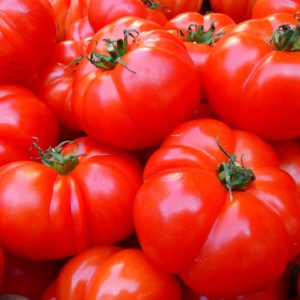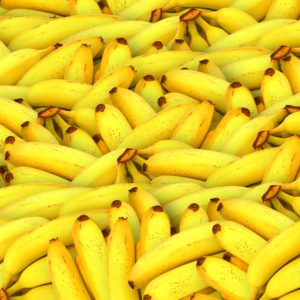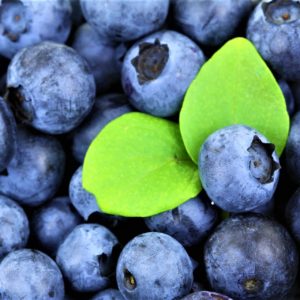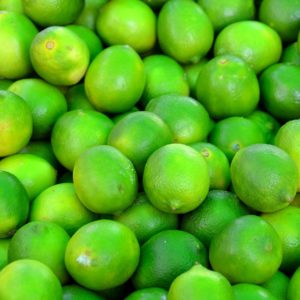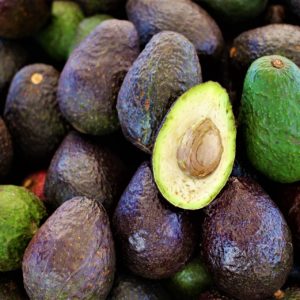Descripción
The carrot (Daucus carota subsp. sativus) is a root vegetable, usually orange in color, though purple, black, red, white, and yellow cultivars exist.[1] Carrots are a domesticated form of the wild carrot, Daucus carota, native to Europe and southwestern Asia. The plant probably originated in Persia and was originally cultivated for its leaves and seeds. The most commonly eaten part of the plant is the taproot, although the stems and leaves are eaten as well. The domestic carrot has been selectively bred for its greatly enlarged, more palatable, less woody-textured taproot.
The carrot is a biennial plant in the umbellifer family Apiaceae. At first, it grows a rosette of leaves while building up the enlarged taproot. Fast-growing cultivars mature within three months (90 days) of sowing the seed, while slower-maturing cultivars need a month longer (120 days). The roots contain high quantities of alpha- and beta-carotene, and are a good source of vitamin K and vitamin B6, but the belief that eating carrots improves night vision is a myth put forward by the British in World War II to mislead the enemy about their military capabilities.


